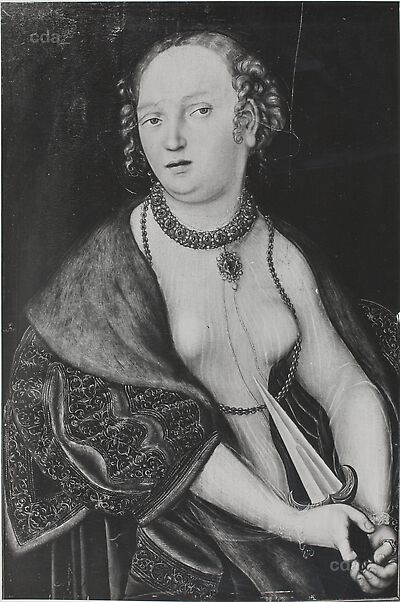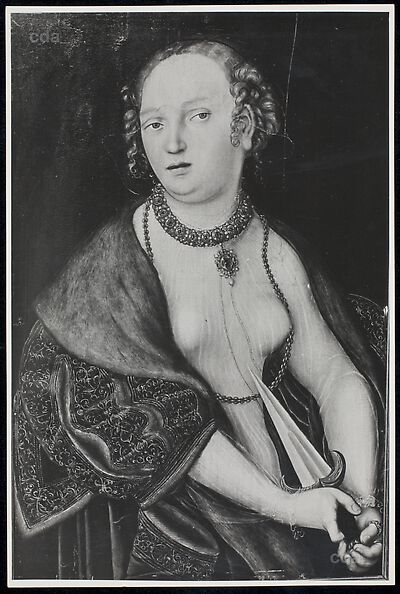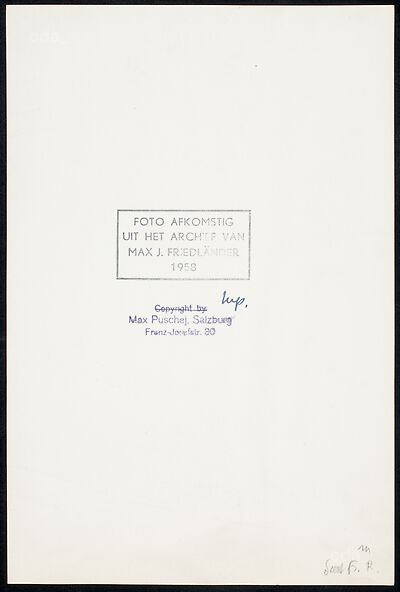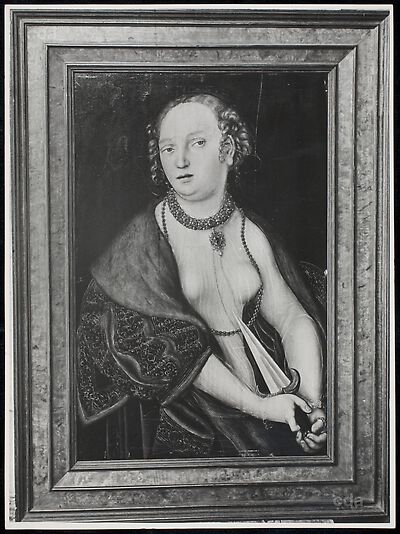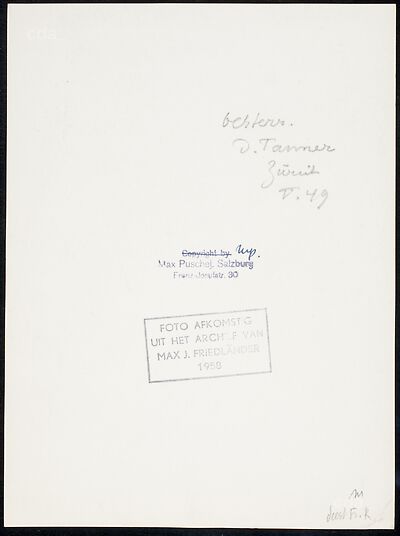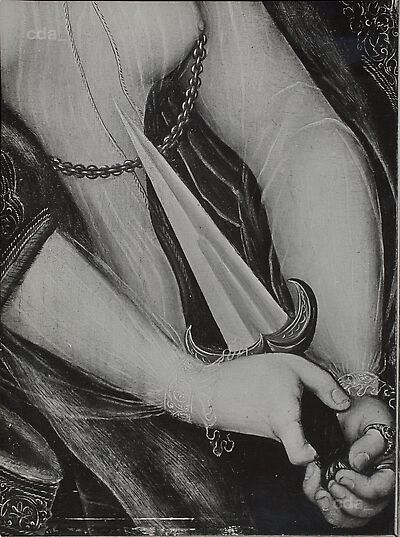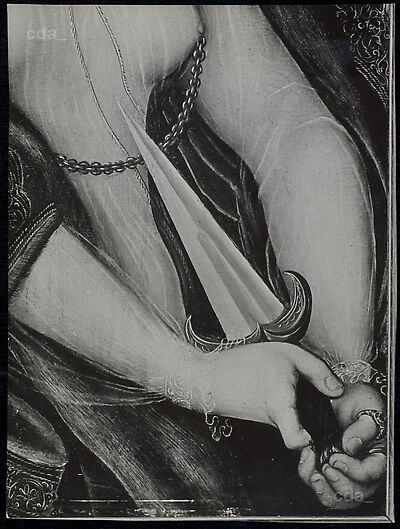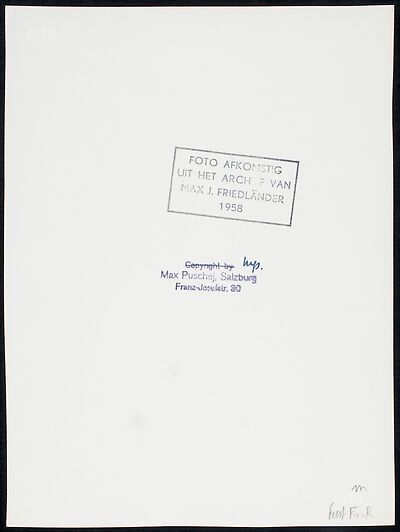- Attributions
-
Lucas Cranach the Younger
Lucas Cranach the Elder
Attributions
| Lucas Cranach the Younger | 'Eher Lucas Cranach der Jüngere' |
| Lucas Cranach the Elder | [Caption under a picture; Koepplin Archive] |
- Production dates
- about 1540 - 1545
after 1537
Production dates
| about 1540 - 1545 | [cda 2014] |
| after 1537 | [Friedländer, Rosenberg 1979, 142, No. 358C] |
- Dimensions
- Dimensions of support: 74 x 49 cm
Dimensions
Dimensions of support: 74 x 49 cm
[Handwritten by D. Koepplin next to a picture; Koepplin Archive]
- Signature / Dating
Artist's insignia at the left edge: serpent (with dropped wings)
Signature / Dating
Artist's insignia at the left edge: serpent (with dropped wings)
- Owner
- Private Collection
- Repository
- Private Collection
- CDA ID
- PRIVATE_NONE-P066
- FR (1978) Nr.
- FR358C
- Persistent Link
- https://lucascranach.org/en/PRIVATE_NONE-P066/
